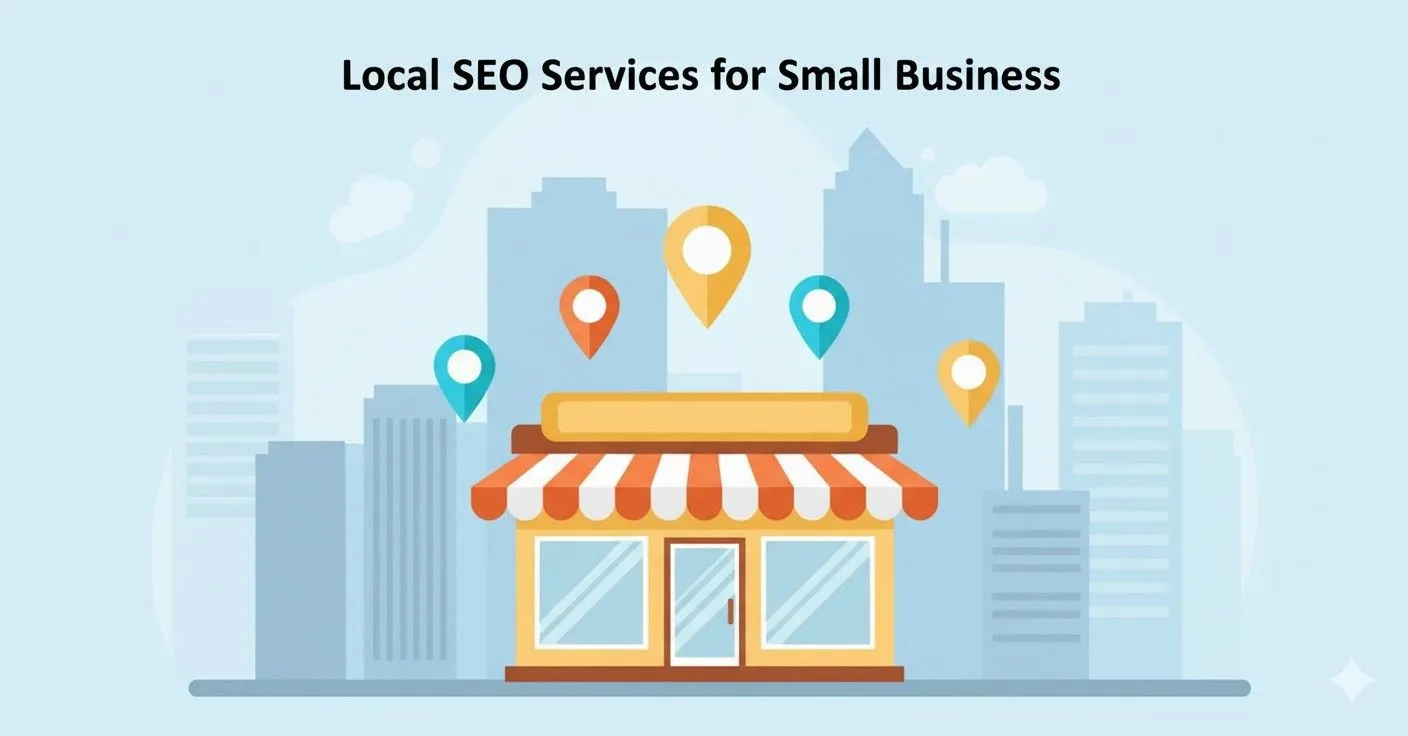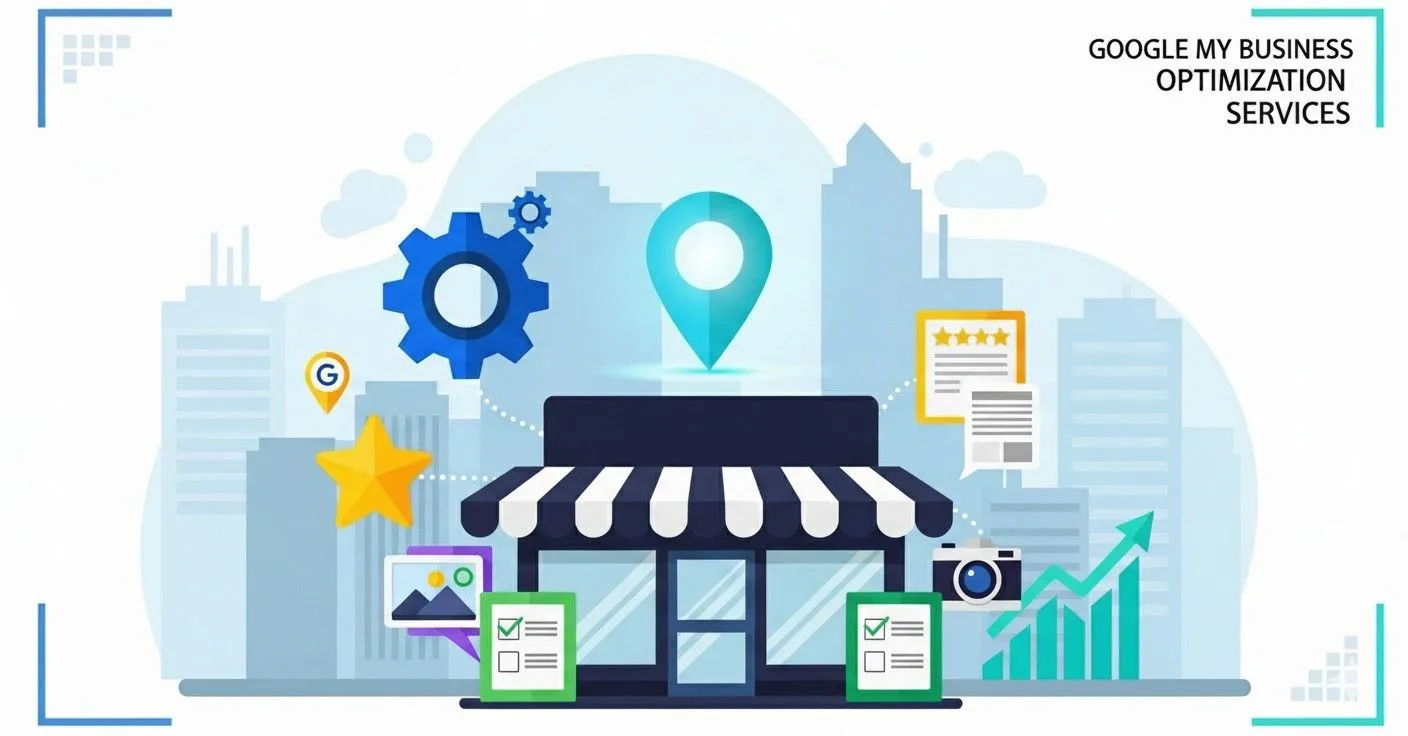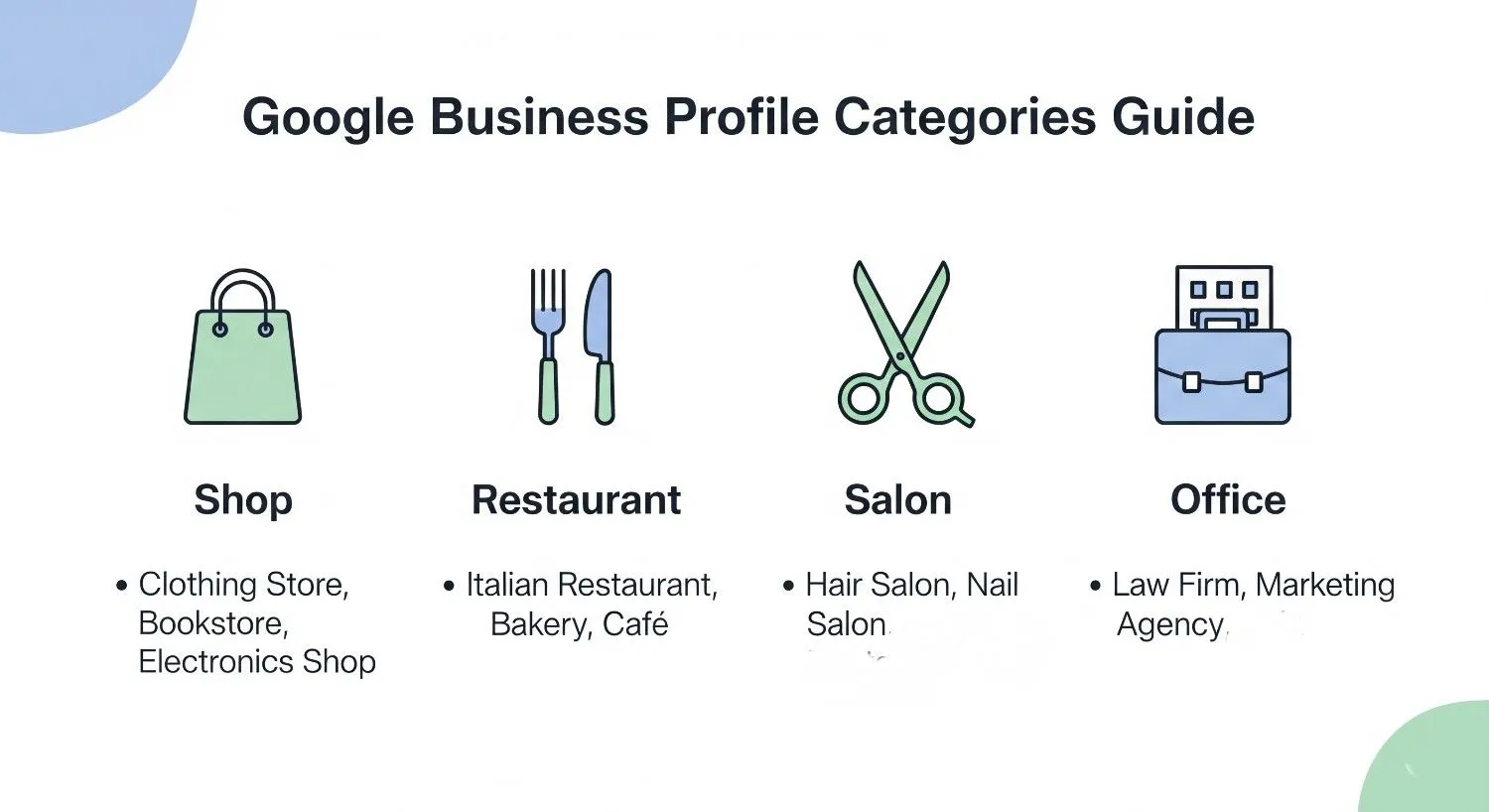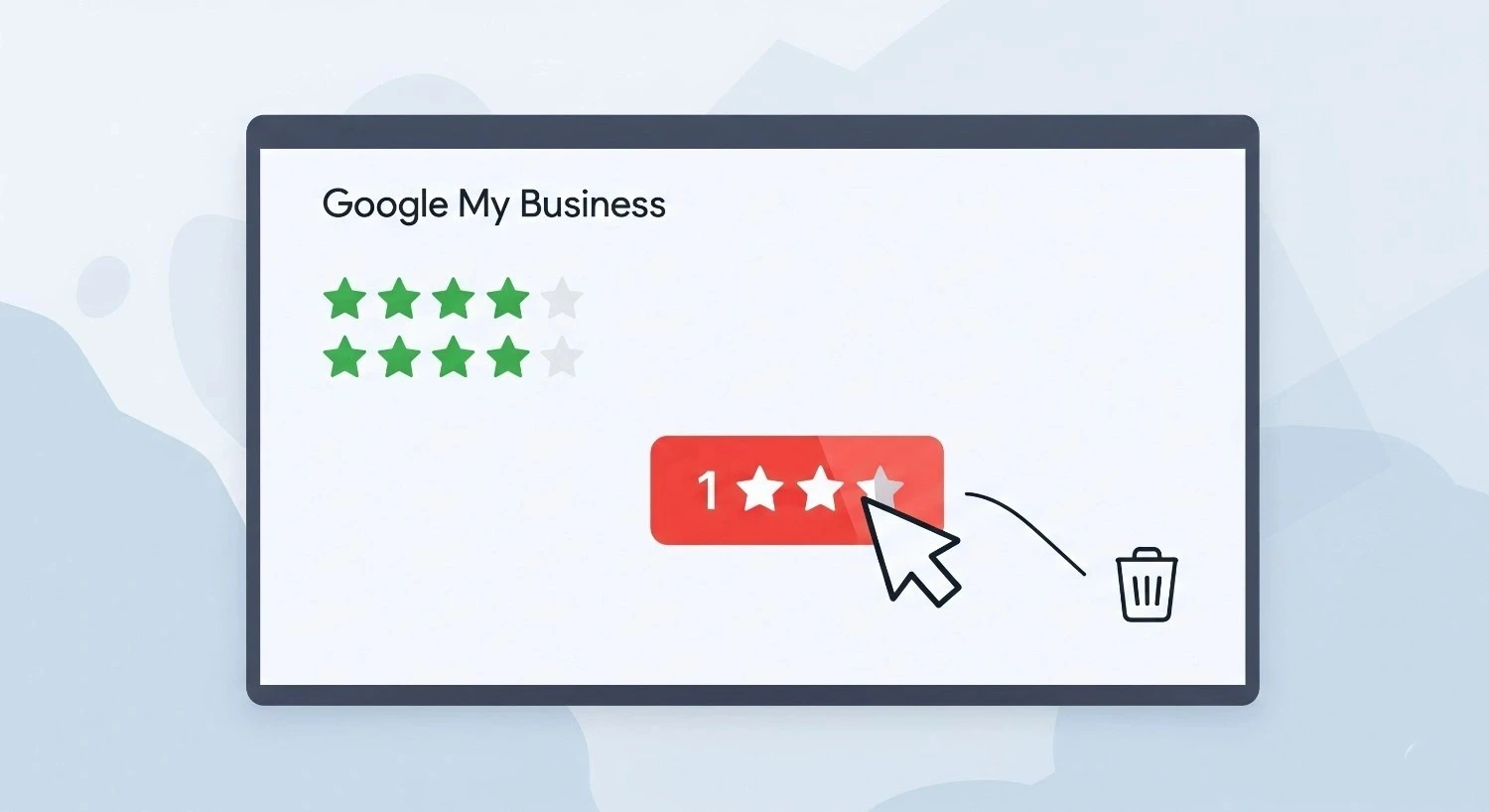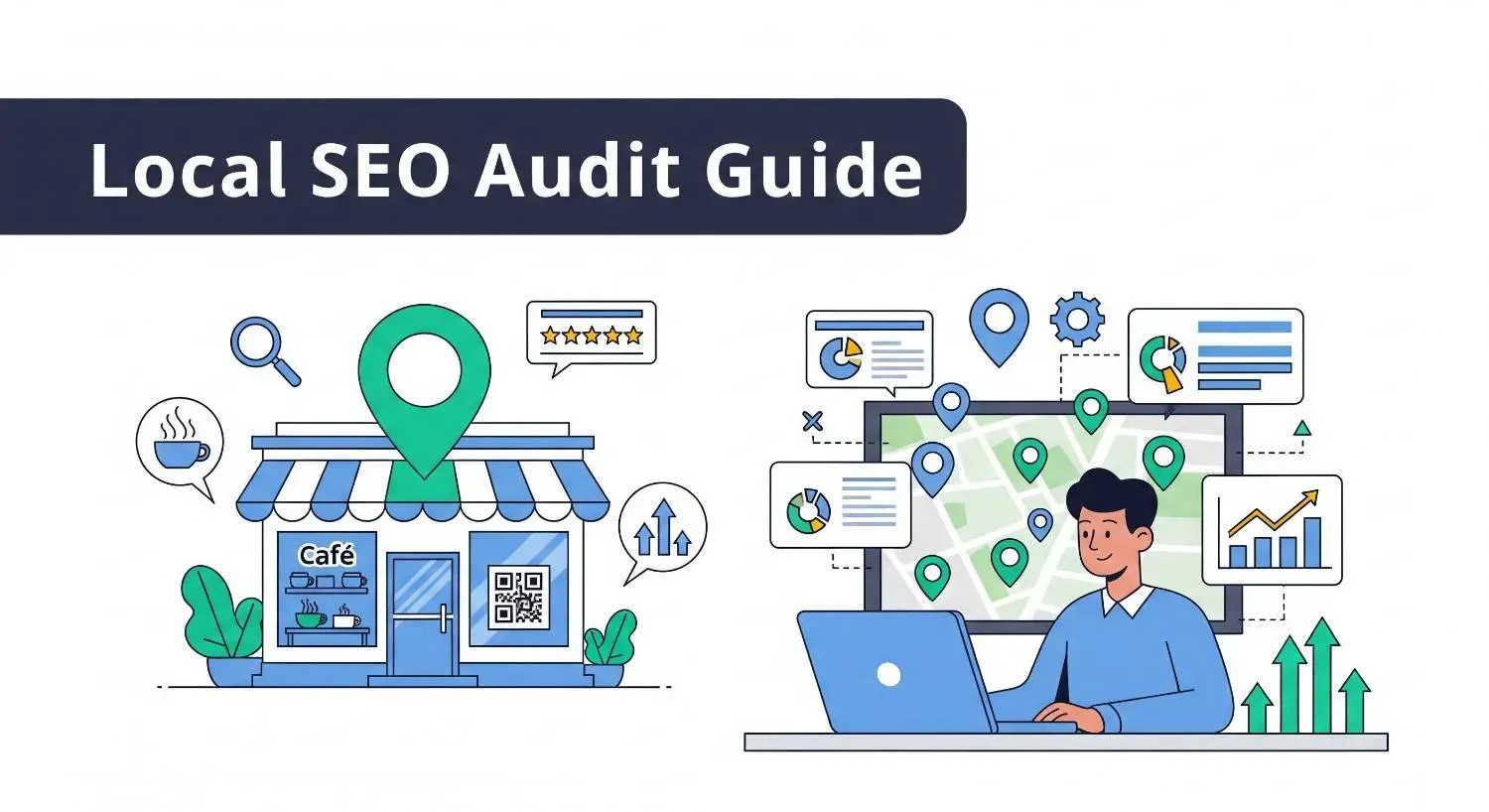
Local SEO Audit Guide: Fix Issues & Win More Customers
If you run a local business, showing up when people in your city search for your services is critical. Whether you’re a dentist, plumber, restaurant owner, or boutique shop, most customers start their journey on Google. That’s where a local SEO audit comes in.
A local SEO audit is like a health check-up for your online presence. It helps you uncover what’s working, what’s broken, and where you can improve to rank higher in Google Maps and local search results. Without it, you risk losing leads to competitors who are more visible online.
In this guide, we’ll walk through every step of a local SEO audit—what to check, how to fix issues, and which tools to use—so you can boost your visibility, get more reviews, and attract more local customers.
1. What Is a Local SEO Audit (And Why Every Local Business Needs One)
A local SEO audit is a systematic process of reviewing your Google Business Profile, website, citations, reviews, and backlinks to ensure everything aligns with Google’s local ranking factors.
Why it matters:
- Around 46 out of every 100 searches on Google are focused on finding local information.
- A strong local presence builds trust and credibility.
- Audits uncover hidden problems—like incorrect phone numbers or slow website speed—that silently hurt your business.
Think of it as making sure your digital storefront is clean, accurate, and inviting—because your next customer is probably searching on their phone right now.
2. Google Business Profile (GBP) Audit
Your Google Business Profile (formerly Google My Business) is the cornerstone of local SEO. If it’s incomplete or inaccurate, you’ll struggle to rank.
Checklist:
- Claim & verify your profile: If you haven’t already, this is step one.
- NAP consistency: Make sure your Name, Address, and Phone number match your website and directories.
- Categories & services: Choose the most relevant business category and add services/products.
- Business description: Explain your services in simple terms while naturally including target keywords.
- Visuals: Add professional photos, videos, and even posts to keep your profile fresh.
- Review management: Monitor reviews, respond promptly, and encourage satisfied customers to leave feedback.
Pro tip: Businesses that post photos regularly on GBP get more clicks and direction requests.
3. On-Page SEO Audit for Local Pages
Your website is just as important as your GBP. Search engines want to see consistent, optimized local signals.
Key steps:
- Title tags & meta descriptions: Include your service + city (e.g., “Emergency Plumber in Dallas – 24/7 Service”).
- Headers (H1, H2): Use location-based keywords naturally.
- Local content: Mention neighborhoods, landmarks, and service areas in your content.
- Schema markup: Implement local business schema so search engines understand your details.
This tells Google: “Yes, we’re a local business, here’s exactly where we serve, and here’s why we’re relevant.”
4. Citations & Directory Listings
Citations (mentions of your business name, address, and phone across the web) act as trust signals. Inconsistent citations confuse Google and customers.
Audit process:
- Search for your business on Yelp, YellowPages, Bing Places, Apple Maps, and niche directories.
- Fix duplicate or outdated listings.
- Ensure NAP consistency across every platform.
5. Local Keyword Research & Content Audit
If you’re not targeting the right local search phrases, you’re invisible.
Ask yourself:
- Are you optimizing for “service + city” searches (e.g., “roof repair in Austin”)?
- Do you have local landing pages for each location you serve?
- Does your blog content speak to local audiences (e.g., “Top 5 Family Restaurants in Brooklyn”)?
Content should educate, answer local questions, and show you’re part of the community.
6. Backlinks & Local Authority
Links from other websites act as recommendations, boosting your site’s reputation. But for local SEO, quality matters more than quantity.
Audit your backlink profile:
- Use tools like Ahrefs or SEMrush to see where your links come from.
- Disavow spammy or irrelevant links.
- Look for local opportunities: sponsor community events, join your Chamber of Commerce, get featured in local blogs.
A handful of strong local backlinks can outperform hundreds of generic ones.
7. Reviews & Online Reputation
Reviews are the new word-of-mouth. Google uses them as a ranking factor, and customers trust them before calling you.
Audit points:
- How many reviews do you have on Google and third-party sites?
- What’s your average star rating compared to competitors?
- Are you responding to reviews (both good and bad)?
Tip: Use GMB Radar’s Review Poster with a QR code to make leaving Google reviews effortless.
8. Mobile Friendliness & Site Speed
Most local searches happen on mobile. If your site is slow or hard to use on a phone, customers will bounce.
Audit essentials:
- Run a mobile responsive test.
- Check Core Web Vitals using Google PageSpeed Insights.
- Optimize images and reduce load time.
Remember: a one-second delay in page speed can cost conversions.
9. Google Maps Ranking Factors
Google Maps results are influenced by three main factors:
- Distance: The nearer your business is to the person searching, the better your chances of showing up.
- Relevance: How well your profile matches the search query.
- Prominence: How well-known and trusted your business is (reviews, citations, backlinks).
Tools like GMB Radar or GeoRanker can show you how your business ranks in different parts of your city.
10. Competitor Analysis
Sometimes the best way to improve is to learn from the competition (ethically).
Audit their:
- Google Business Profiles—categories, photos, posts.
- Keywords they rank for.
- Backlinks from local sites.
- Number and quality of reviews.
Use what’s working for them as inspiration to level up your own strategy.
11. Tools for a Local SEO Audit
Here are the must-haves:
- Google Business Profile Manager – manage your GBP.
- Google Analytics & Search Console – track performance.
- SEMrush / Ahrefs – backlink and keyword research.
- GMB Radar – monitor GBP changes, track rankings across the city and keep an eye on competitors.
- BrightLocal / Whitespark – citation tracking.
- Free tools – Google PageSpeed Insights, AnswerThePublic for content ideas.
12. Local SEO Audit Checklist
Here’s a quick summary:
- ✅ Claim & verify Google Business Profile
- ✅ Check NAP consistency
- ✅ Optimize categories, descriptions, and photos
- ✅ Add posts, products, and services
- ✅ Optimize title tags, meta descriptions, and headers
- ✅ Add schema markup
- ✅ Audit citations & directories
- ✅ Target “keyword + city” phrases
- ✅ Build local landing pages
- ✅ Audit backlinks (remove spam, add local ones)
- ✅ Monitor and respond to reviews
- ✅ Check mobile responsiveness and site speed
- ✅ Understand distance, relevance, prominence for Maps
- ✅ Analyze competitors’ GBP, reviews, and backlinks
13. Conclusion & Next Steps
Local SEO isn’t a one-time task. Search algorithms, competitors, and customer behavior change constantly. That’s why regular local SEO audits are crucial.
By following this step-by-step guide, you’ll not only uncover gaps but also position your business for long-term visibility in Google search and Maps.
If you’d like experts to take it off your plate, Rank Hare Local SEO Agency provides in-depth audits and proven growth strategies. We’ll evaluate your current performance, resolve technical barriers, and design a customized roadmap to help your business stand out and succeed in local search

